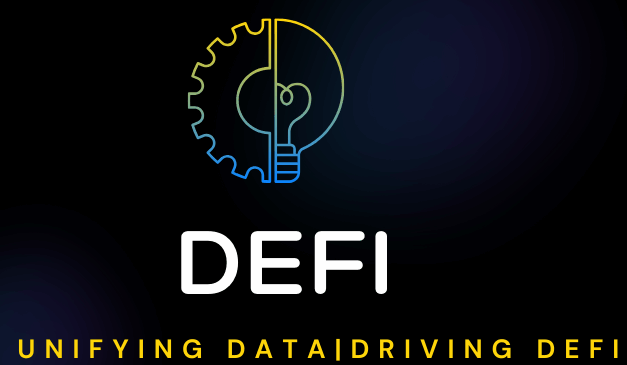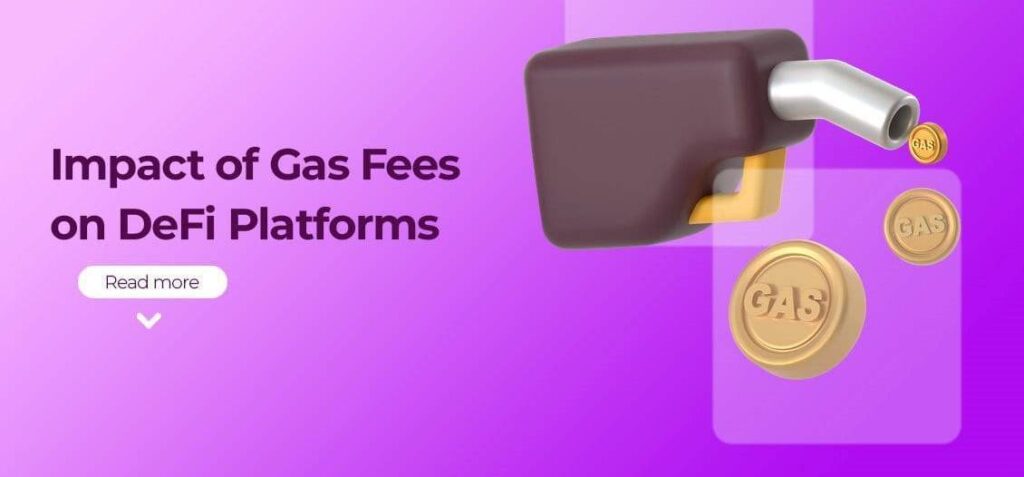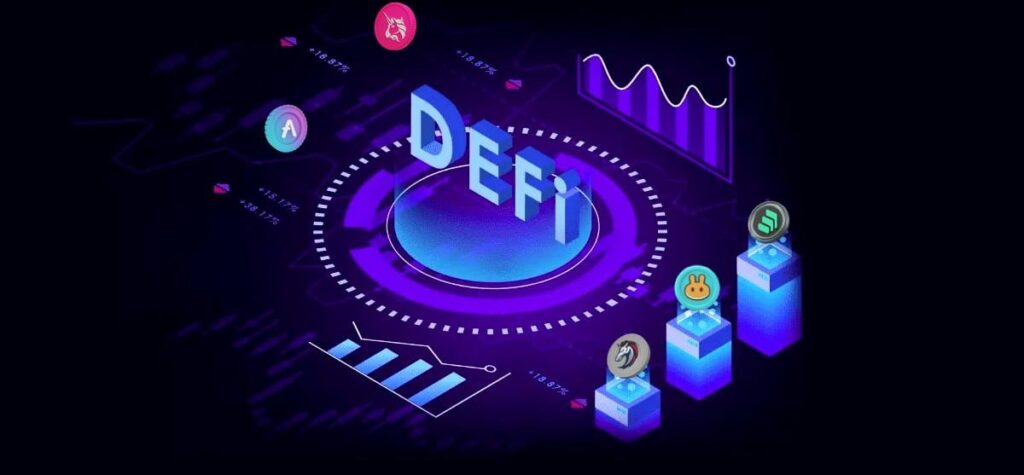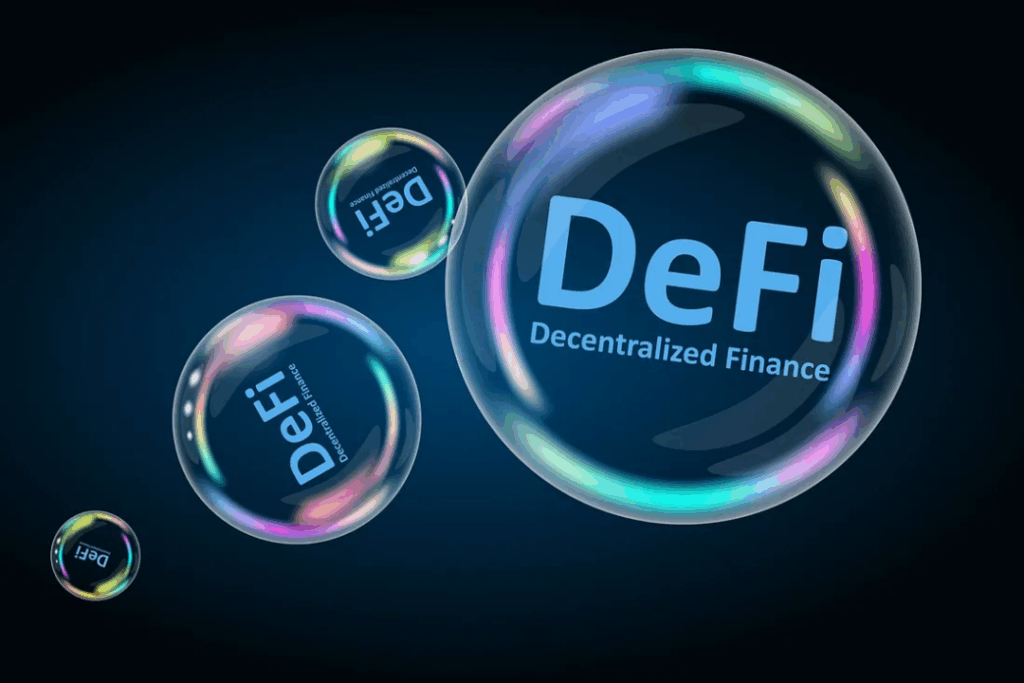Gas Fees in DeFi: Tips to Save Money

DeFi is amazing, but gas fees? Not so much. You’re trying to swap tokens, provide liquidity, or stake some coins, and suddenly… bam! Your wallet is lighter than you expected. Gas fees on Ethereum and other blockchains can be a real pain, especially if you’re just starting out or playing with small amounts. But here’s the thing: there are ways to save money without sacrificing your DeFi game.
In this post, we’ll break it down in a simple way. No techno-babble overload, no fancy math formulas (well, maybe a little). Just practical tips that you can actually use.
Understanding Gas Fees: The Basics
First, a quick recap. Gas fees are basically transaction fees. On Ethereum, every action – whether it’s sending ETH, swapping tokens on Uniswap, or farming yield – requires computational work. That work is done by miners (or validators in Ethereum 2.0), and they get paid in gas.
Think of it like driving a car. Every mile costs gas, and traffic makes it more expensive. If the blockchain is congested, the gas price shoots up.
Here’s something to think about: sometimes, it’s not just about the fee itself. It’s about timing. Doing a transaction when the network is busy? Expect to pay more.
Tip 1: Track Gas Prices Before Transacting
Here’s a simple one, but people ignore it all the time. Check gas prices before you hit “confirm.”
Websites like ETH Gas Station or apps like Gas Now show live gas prices and suggest whether to go for fast, standard, or slow transactions. Fast transactions cost more, slow ones cost less.
Pro tip: if your transaction isn’t urgent, wait for the gas price to drop. I’ve literally saved $20 on a single token swap just by waiting an hour. It’s like waiting for a sale at your favorite store – sometimes patience pays off.
Tip 2: Use Layer 2 Solutions
Ethereum’s mainnet is famous for high gas fees. Layer 2 solutions, like Arbitrum, Optimism, or Polygon, can be your best friend here.
They let you do transactions faster and cheaper while still interacting with Ethereum apps. Some DeFi platforms already support these networks.
Here’s the deal: you might have to bridge your tokens from Ethereum to a Layer 2 network, which itself costs a little gas. But once you’re there, the savings add up quickly.
It’s like paying a small toll to get onto a highway that’s free of traffic jams. Worth it in the long run.
Tip 3: Batch Your Transactions
Ever heard of batching? It’s a simple trick: combine multiple actions into one transaction.
For example, instead of staking, swapping, and claiming rewards separately, see if your DeFi platform allows doing them together. Some wallets even let you bundle multiple smart contract interactions.
This tip is especially useful if you’re active in yield farming. Every action has a gas cost, so fewer transactions = less gas spent.
Tip 4: Avoid High-Fee Periods
Ethereum gas fees fluctuate depending on the time of day and network activity. Historically, weekends or off-peak hours often have lower fees.
Check historical gas price charts. You might notice patterns. Sometimes, sending a transaction late at night (UTC time) is cheaper.
It’s a small thing, but if you’re moving bigger sums or doing multiple transactions, it really adds up. Think of it like grocery shopping when the store isn’t crowded – you’ll get in and out faster and maybe even catch some discounts.
Tip 5: Explore Gas Tokens
Okay, this one is a little geeky, but bear with me. There’s something called gas tokens like CHI or GST2.
Gas tokens basically let you “prepay” gas when prices are low, then redeem them when gas prices are high. Not super common for beginners, but if you’re active in DeFi, it can save you some cash.
Here’s the catch: with Ethereum moving fully to proof-of-stake, gas token use might change. Still, Layer 2 networks and alternative chains often have similar tricks.
Tip 6: Choose Gas-Efficient Platforms
Not all DeFi apps are created equal. Some are more gas-hungry than others.
For instance, swapping a token on Uniswap v3 might cost more than on SushiSwap or 1inch, depending on network congestion. Some platforms optimize smart contracts to save gas.
It pays to shop around, even if it’s just a small difference per transaction. A few bucks here and there can save you hundreds in the long run.
Tip 7: Keep Transactions Small
This one might seem obvious, but it’s worth mentioning. Gas fees are somewhat independent of transaction size but if you’re moving tiny amounts, fees can eat up half your transaction.
Example: Swapping $10 worth of a token with a $7 gas fee? Not worth it. Maybe wait until you have a bigger transaction or find cheaper alternatives.
Sometimes it’s better to “accumulate” tokens before doing anything. Patience can literally save you money.
Tip 8: Watch for Network Upgrades
Ethereum and other chains are constantly upgrading. Ethereum 2.0 and EIP-1559 changes have already made gas pricing more predictable.
New networks or improvements might also reduce fees. Keep an eye on announcements. If you can move some of your DeFi activity to a more efficient chain, do it.
It’s like upgrading from an old gas-guzzler car to a hybrid – you’ll pay less over time.
Winding Up
Gas fees are one of those annoyances in DeFi you just can’t escape. But here’s the good news: they’re manageable. With a little planning, patience, and smart choices, you can save a lot over time.
Remember: track gas prices, use Layer 2 networks, batch transactions, avoid peak hours, and explore gas-efficient platforms. Even small changes make a difference – think of it like clipping coupons for crypto transactions.
At the end of the day, DeFi is about strategy, not speed. Gas fees might feel like a hassle, but with the right moves, they don’t have to drain your wallet.
Quick Recap of Tips to Save on Gas Fees:
- Track gas prices before transacting.
- Use Layer 2 solutions like Arbitrum or Polygon.
- Batch multiple transactions.
- Avoid high-fee periods.
- Explore gas tokens (if you’re into it).
- Pick gas-efficient DeFi platforms.
- Keep transactions large enough to justify the fees.
- Stay updated on network upgrades.
Gas fees might be annoying, but with these tricks, you can play DeFi smarter. Think of it as hacking your way through the crypto jungle – every little bit counts.


 English
English 





















